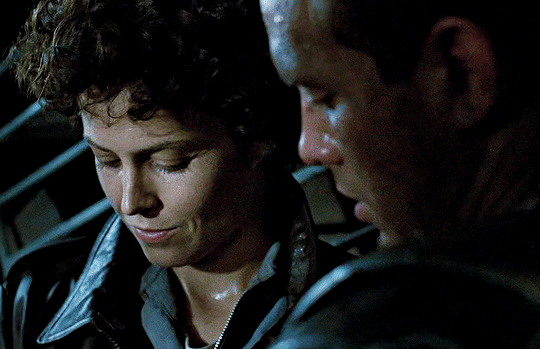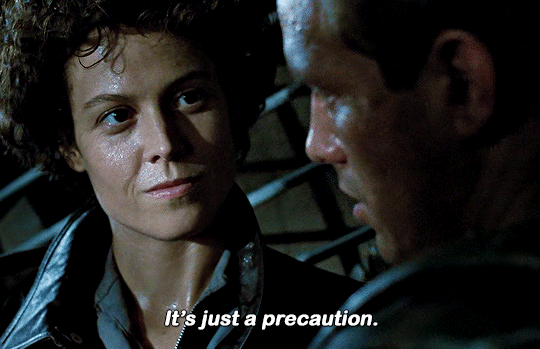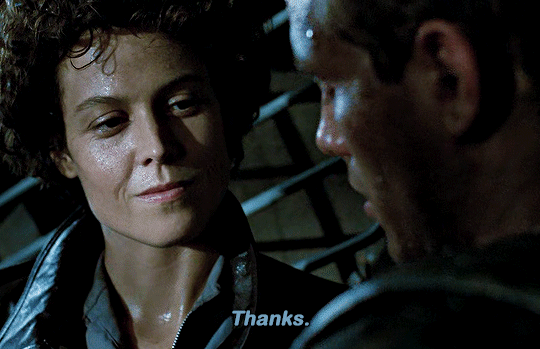Text

0 notes
Text
you know i wanna hold you close
but sometimes love is letting go
0 notes
Text

Kuala Lumpur, 1990
Kuala Lumpur, Malaysia.
マレーシア クアラルンプール
Photography by Michitaka Kurata
205 notes
·
View notes
Text

sometimes I wonder when you sleep, do you ever dream of me?
sometimes when I look into your eyes, I pretend you're mine...
'cause I like you
2 notes
·
View notes
Text
10 notes
·
View notes
Text




16K notes
·
View notes
Photo
remember lookin' at this room,
we loved it 'cause of the light
Now, I just sit in the dark
and wonder if it's time
you're loosing me
- ts

the end of the afternoon,
summer 2014
#you're loosing me#taylor swift#tswift#tswiftmidnights#midnights#midnights til dawn#lyrics#tayorswiftlyrics#photo#35mm film#35mm#35mm film photography#light#sunlight#dark
8 notes
·
View notes
Photo

the beautiful evening light
september, 2016
2 notes
·
View notes
Text
4 notes
·
View notes
Text

vanessa <3 10 July 1992 - 2 December 2022
1 note
·
View note
Text

A whole bunch of adorable veggie friends for you! Don’t worry about not being able to eat healthy anymore, my Grunlings aren’t actual food!
They are gentle spirits of nature and if someone is lucky enough to see or even befriend a Grunling, they can become incredibly supportive with gardening. ;) 🌱
41K notes
·
View notes
Text
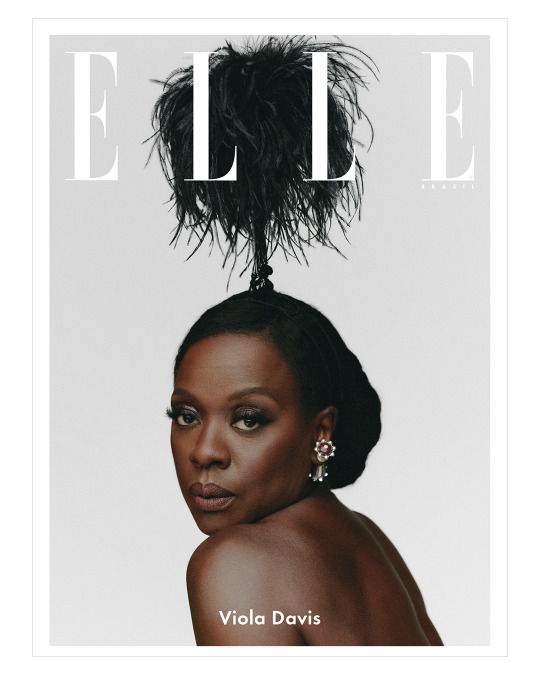


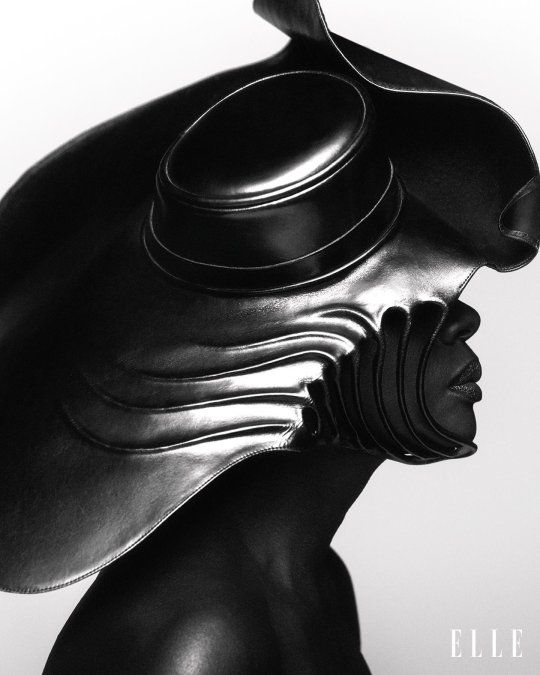


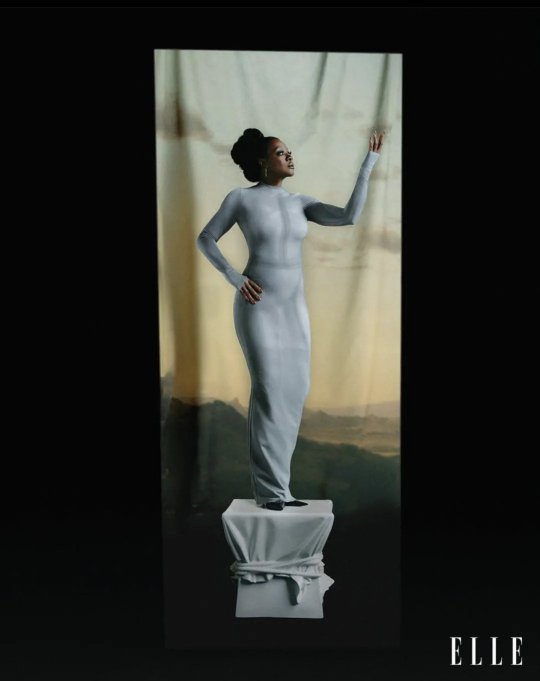
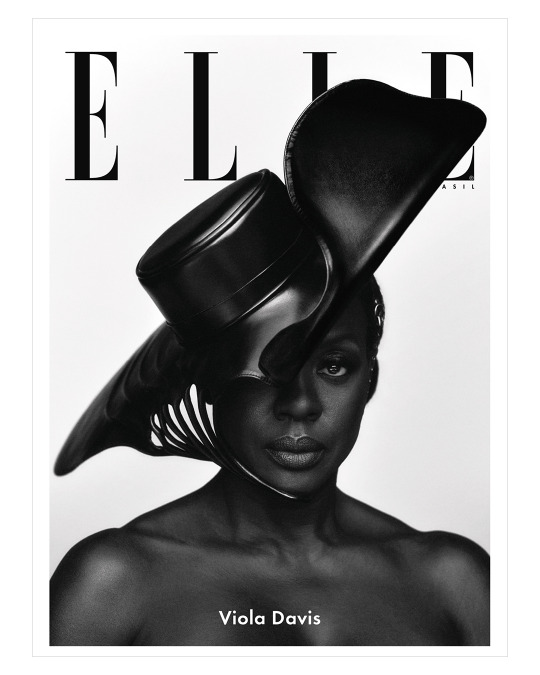
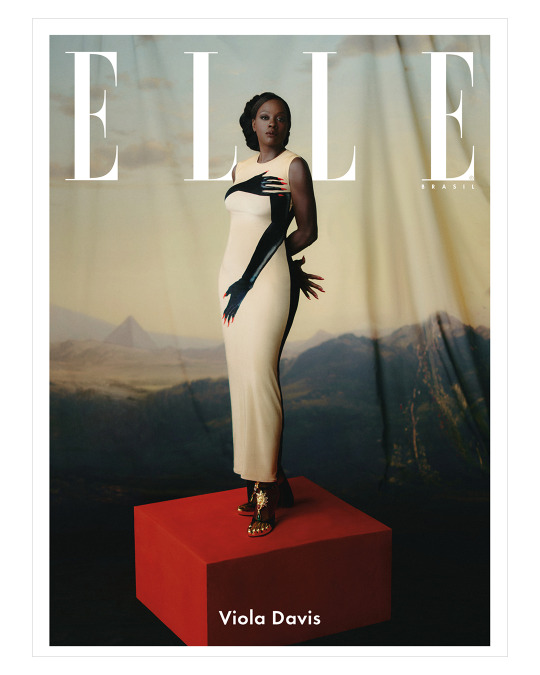

Viola Davis for Elle Brasil 💫🤎
527 notes
·
View notes
Photo


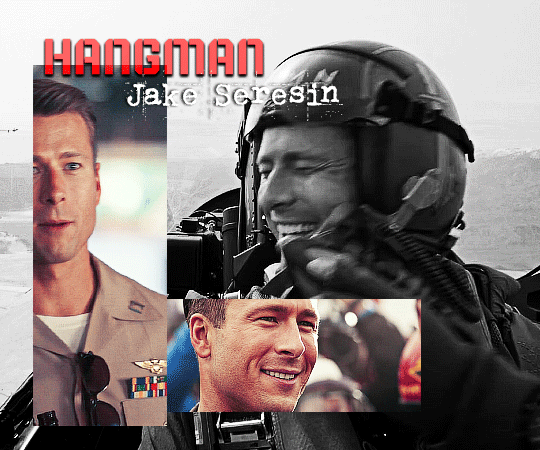
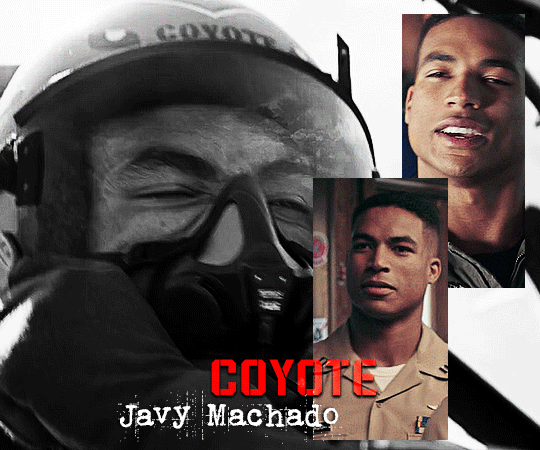



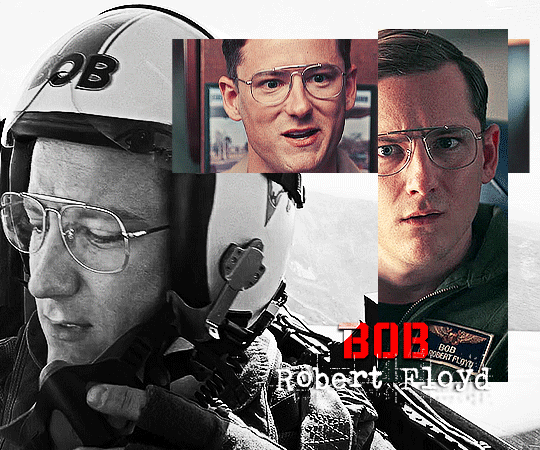
TOP GUN: MAVERICK’s Dagger Team | insp
969 notes
·
View notes
Text
writing cheats
i know i’ve probably written about these all individually but i’m putting them together in one post. these are writing tricks that are extremely cheap and dirty; when you use them it feels like cheating and honestly by posting them i’m probably exposing all the easy moves in my own work, but more than a writer i am a teacher, so here you go, some writing cheats that have never steered me wrong.
quick character creation
what’s really annoying is when you have two characters sitting at a restaurant or something and the server has to come by. to what degree do you describe the server so that it’s clear they’re just a background character but that they’re not just a faceless form, so that the world has texture without taking up too much space on the page? rule of three, babeyyy: two normal things and a weird one.
she had pale skin and blue eyes but her hair was dyed black like a 2010 emo kid.
he was tall and broad, and he wore a sweatshirt with an embroidered teddy bear on it.
the woman stood there comparing the prices of toilet paper. she had a short angled bob and carried a keychain the length of a trout.
why does it work? it gives the reader something to hang onto, a brief observation that shows the world exists around your narrator. it also works when introducing main characters, but there’s so much action going on that you can’t take time to write a rich long paragraph about them. all you need is a little hook.
quick setting creation
i used to TOIL over descriptive paragraphs. for years i was like, description is my weakness, i must become better at developing imagery. i believed this because a famous writer once projected a paragraph i had written onto a screen and asked my cohort, “count how many images are crafted in this paragraph.” there were none. none! my friends were sitting there like, “we are TRYING” but they couldn’t find any.
i would say that after years of studying imagery development at the sentence level, i am, perhaps, competent at it, but what was more helpful was for me to shrug and tell myself, “i’m just not a writer who does that.”
anyway. my cheat is thus:
there’s not much you can assume about your audience. the audience is not a homogenous whole. but your ideal audience is something you can guess at, and that means you can play around with their existing knowledge and expectations.
if you say your characters are in a tacky shit-on-the-walls restaurant, if your ideal reader is an american who went to restaurants during the maximalist era of franchise design, they will conjure their nearest memory of one of those places. and for those readers who aren’t familiar with it, they’ll use other context clues to conjure that space. the point is, you don’t have to list every single stupid license plate nailed to the wall. you can leave it as one detail of one sentence and let your reader extrapolate from there.
if i say the dentist’s office looked like a gutted 90s taco bell, maybe no ideal audience would have ever seen a place like that, but a lot of people can mentally conjure a dentist’s office and a 90s taco bell and overlay them together to create a weird and fun image.
you can go even simpler than that: a bathroom the size of an airplane lavatory. a tiny studio apartment with a hotplate instead of a stove. a mansion with a winding stairwell. the point is that you want to define the size of the space and its general vibes.
in some ways detailed description can be overrated, because your reader conjures images even in absence of them on the page. and for those readers who can’t mentally conjure images, it doesn’t matter anyway; they take you at your word. the trick is to figure out what details are unexpected, relevant to understanding the story and its characters, and those are the things that you add in.
one other note: after working with hundreds of writers on drafting, for *most* of us it’s difficult to develop images and establish setting in a first draft. it’s nearly always something to be saved for a second or later draft. i think it’s because while we’re writing we tend to put character and action first.
nail the landing
there’s a joke i heard once from a writer i really admire: “you know it’s literary fiction if the story ends with a character looking at a body of water.”
and god it’s so painfully sad and true how easy it is to nail the landing of a given story by ending on a totally irrelevant piece of imagery. the final beat of a story followed by your character looking up at the sky and seeing a flock of birds in the shape of a V flying past. or maybe they’re sitting in their car and they count the rings of a nearby church bell. or maybe they watch an elderly couple walk down the sidewalk hand-in-hand. i don’t know!! when in doubt shove an observation, an image, whatever, something neutral at the end and it’ll sound profound.
(this cheat is the only one that can really bite you in the ass because if the image is too irrelevant you risk tonal incongruity. for use only in the most desperate of times.)
sentence fragments
when writers ask me how to punch up their writing or start developing their own style, my go-to advice is to give up the idea of a complete sentence. fuck noun-verb-object. if you have a series of character actions, knock off the sentence subjects like in script action. if the clause at the end of your sentence is particularly meaningful, don’t separate it with a comma but a period and make it its own thing. if your character is going through something particularly stressful or heinous, that bitch is not thinking in complete thoughts so you don’t have to convey them that way. make punctuation bend to your will!!
rhetorical moves
this one opened a lot of doors for me stylistically. remember that famous writer who called me out on my lack of imagery? i always thought his prose was beautiful, that he’s one of the best living prose writers, etc. once i learned more about rhetoric though, i realized he just employed it a lot.
usually when we talk about beautiful sentences it means a sentence that uses rhetorical devices. the greeks were like, you know what, when we give speeches there are certain ways to phrase things that make the audience go nuts. let’s identify what those things are and give them names so we can use them intentionally and convince people of our opinions.
i love shakespeare, i really do, but one of the big reasons he’s still a household name today and his plays are still performed is because every sentence of every goddamn play utilizes a rhetorical device. the audience is hard-wired to vibrate at the sound and cadence of his writing, like finding the spot on a dog that makes their foot thump. for five hundred years, william shakespeare has been scritching that spot for us.
i have no idea why, cognitively, rhetorical devices are so effective. i’m no rhetorician. all i know is that well-deployed anaphora makes a reader want to throw their panties on stage. my intro to rhetorical devices was the wonderful book the elements of eloquence by mark forsyth, a surprisingly fun read! hopefully that will open some doors for you the way it did for me.
the downside to this is that once you know rhetorical devices, it’s like learning how the sausage is made. on one hand, as a writer, you’ll have a lot stronger grasp of style, but as a reader good prose loses some of its magic.
pacing it out
many writers, myself included, rely on the tried and true “he bit the inside of his cheek” or other some such random action to help pace out dialogue. one time my thesis advisor sat me down and said “you’ve got to take all of those out.”
“all of them?” i said.
“all of them,” she said.
i thought, but that will weaken the text! it didn’t. once i cut what i came to call cheek-biter sentences i never went back. and now when i edit for other people i’m like, look i know where you’re coming from but just cut all these out and see how the scene stands. if it doesn’t feel right you can put some back in. a lot of times when you’re drafting you put those in the way some people say “um.” they’re just sentences you jot while you’re thinking of what the other character says, so from a writing perspective it seems like you’re pacing, but readers don’t read it that way. they just want to get to the next line of dialogue.
but sometimes you really do need to pace out a scene and i think there are other ways to do that that don’t rely on banal physical movements, such as:
interiority: a sentence or paragraph of relevant cognition, bonus points if you weave in background context. good interiority defines the voice of your writing.
observations: i know i just said description is overrated but idk sometimes you just need a character to note the back and forth clacking of one of those desk ball toy things.
character texture: maybe your character notes something about the person they’re talking to. a wilted pocket square. a mole that looks like it needs looked at by a dermatologist. a scar on their forehead. some detail that deepens or complicates our understanding of a character.
narratorial consciousness and access
this one is less a cheat and more a problematic opinion i have that doesn’t win me any popularity in writing circles.
i believe that if you’re writing in first person or close third or any narration which is dedicated to the mind of one character, you are only ever obligated to convey the experience of that character’s consciousness. and nothing else.
by that i mean, if your point of view character is unobservant? then they’re not going to even notice the flight attendant is missing one of their canine teeth. if your pov character is focused and obsessive, they’re going to think lavish, detailed paragraphs about that which they’re obsessed with and have no acknowledgement of the rest of the world. if your pov character has no understanding of time, does your story even need to be linear?
defining the scope of a narrator’s cognition early on can give you parameters in which to work. even if you don’t consciously do this, you still do it. if you write in third person limited present tense without really thinking about it, that’s your scope. i’m just pointing out you can choose to do it differently. you get to define your narrator.
whenever we talk about narration we also talk about information access and the order of information being revealed/conveyed. writing must always be in order; even if you’re writing multiple concurring things, it still has to be rendered on the page in order one after the next, because the human mind can’t read two sentences over top of one another.
if we’re restricted to the mind of a character, that means we’re also restricted by their knowledge and experiences, and this can be used to your benefit. i don’t want to take too much space for this but i do talk more about the relationship between narration and reality here.
in short, you the writer get to choose
what the reader knows,
in what order they know it, and
its relationship to the presumed real events of the story, which develops the (un)reliability of your narrator
okay going to cut this off now before i go on more rants about narrative scope. i hope you found this helpful and go on to put some of these nasty lifehacks in your own writing!!
7K notes
·
View notes
Photo




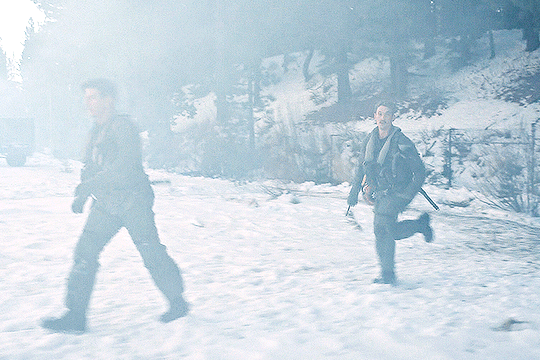



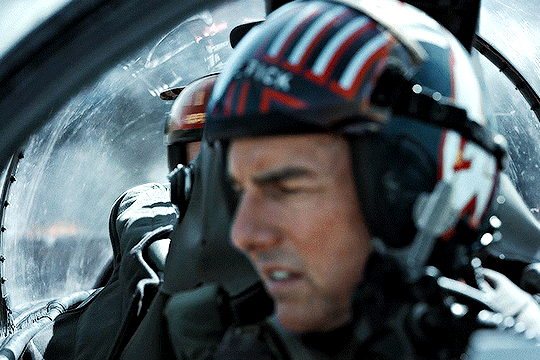

- Can’t be. It can’t be!
- Maverick.
inspired by hoe-biwan‘s insane gifs
1K notes
·
View notes







